Blood Sugar
Public Health 'Time Bomb:' Prolonged Exposure to Blue Light From Smartphones, LED Office Lighting Found To Be Toxic, Study Reveals
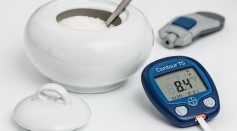
Blood Sugar Regulation: How Glucagon, Insulin Play Crucial Roles
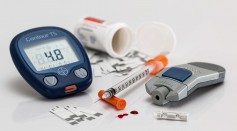
AI May Detect Type 2 Diabetes With Up to 89% Accuracy by Listening to a Few Seconds' Worth of Talking

Daily Dark Tea Consumption Reduces Type 2 Diabetes Risk by 47%, Study Reveals
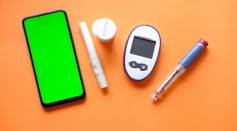
Type 1 Diabetes Management Using AI: Can Machine Learning Help Monitor a Person’s Blood Sugar Level?
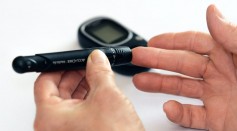
Over 100 Million People in India Are Dealing With Diabetes, Study Reveals; Figures Are 44% Higher Than 4 Years Ago

Lengthened Periods of Inactivity Greatly Heighten Blood Glucose; What Are the Implications For Future Space Missions?

Exercise Later in the Day Reduces the Risk of Type 2 Diabetes, Controls Blood Sugar Levels

Sugary Controversy: Artificial Sweeteners Has Diverse Effects on Glucose Metabolism, Digestive Microbiome [Study]

Are Artificial Sweeteners Safe? New Study Warns They May Be Harder to Absorb, Changes Gut Microbiome

Ecotourists Bring Sweet Tooth, High Blood Sugar to Iguanas in the Bahamas That Endanger Their Health

Chai Tea: How Does This Healthy Drink Help Reduce the Risk of Diabetes, Improve Digestion?
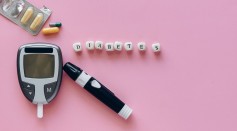
Diabetes Medicine Not As Accessible In Middle-Income Countries Including Sub-Saharan Africa, Study Says
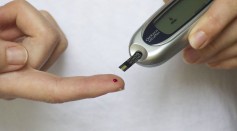
7 Unusual Symptoms of Diabetes: Early Detection Could Help Avoid Serious Complications
Most Popular

How Technology Is Changing the Real Estate Industry?

How a Plant-Based Diet Can Protect Against Breast Cancer: Insights from Nutrition Research

Study Reveals High Turnover in Scientific Research Careers: What This Means for Future Scientists

Why It's So Difficult to Lose Weight: The Biological Explanation Behind Obesity





